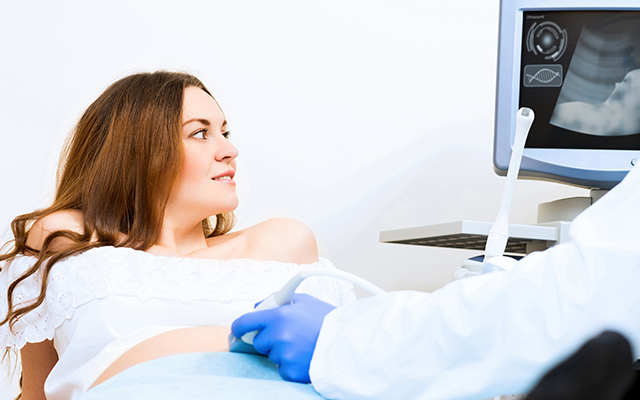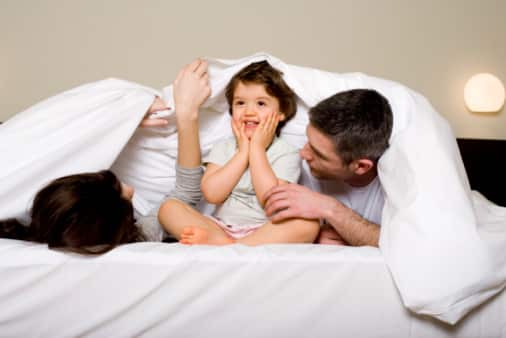Giving Birth In A Hospital With Breastfeeding Cred Doesn’t Mean You’ll Be Breastfeeding (For Long)
 Breastfeeding is a personal choice. There are way too many variables in every mother’s personal/socioeconomic situation to erect massive soapboxes about why, generally, everyone should do one or the other. Until we get some decent maternity leave in this country — specifically for those outside the Sheryl Sandberg demographic — exclusively breastfeeding for six months is going to be pretty challenging for many women to effectively pull off. But some research out of Australia shows that when you enact certain breastfeeding guidelines shortly after delivery, mommies are more likely to stick it out. Mental note.
Breastfeeding is a personal choice. There are way too many variables in every mother’s personal/socioeconomic situation to erect massive soapboxes about why, generally, everyone should do one or the other. Until we get some decent maternity leave in this country — specifically for those outside the Sheryl Sandberg demographic — exclusively breastfeeding for six months is going to be pretty challenging for many women to effectively pull off. But some research out of Australia shows that when you enact certain breastfeeding guidelines shortly after delivery, mommies are more likely to stick it out. Mental note.
Reuters reports that new mothers were more likely to still be feeding their newborns a “few months” after delivery when hospitals employed the Baby-Friendly Hospital Initiative (BFHI) guidelines. BFHI, which consists of 10 steps, was reportedly developed in 1991 by the World Health Organization and the United Nations Children’s Fund. The steps include:
…informing women about the benefits of breastfeeding, helping women breastfeed within the hour after delivery, and allowing new mothers to stay in the same room as their child – also known as rooming in.
Researchers also noted that utilizing BFHI practices actually ensured more long-term breastfeeding than simply being a BFHI-accredited hospital. (Yet, hospitals with a BFHI badge reportedly have increased breastfeeding rates as well, according to researchers.) Upon surveying 7,000 new mothers, about 96 percent were breastfeeding directly after delivering. But the results were nevertheless mighty curious:
…giving birth at a BFHI-accredited hospital did not seem to increase the number of women breastfeeding over the next few months.
In fact, women who gave birth in accredited hospitals were slightly less likely to be breastfeeding one month after birth, compared to women who gave birth in non-accredited hospitals.
The researchers write in the journal Pediatrics that they can’t tell from their data what could have caused that decrease.
But hospitals that do follow four of the 10 BFHI steps had mothers who were two to three times more likely to still be breastfeeding four months later. Those steps include “rooming in,” breastfeeding within an hour of delivery, providing no other food or drink to the baby, and placing baby against mommy’s skin.
Make a check list, if you’re so inclined.
(photo: OLJ Studio / Shutterstock)




